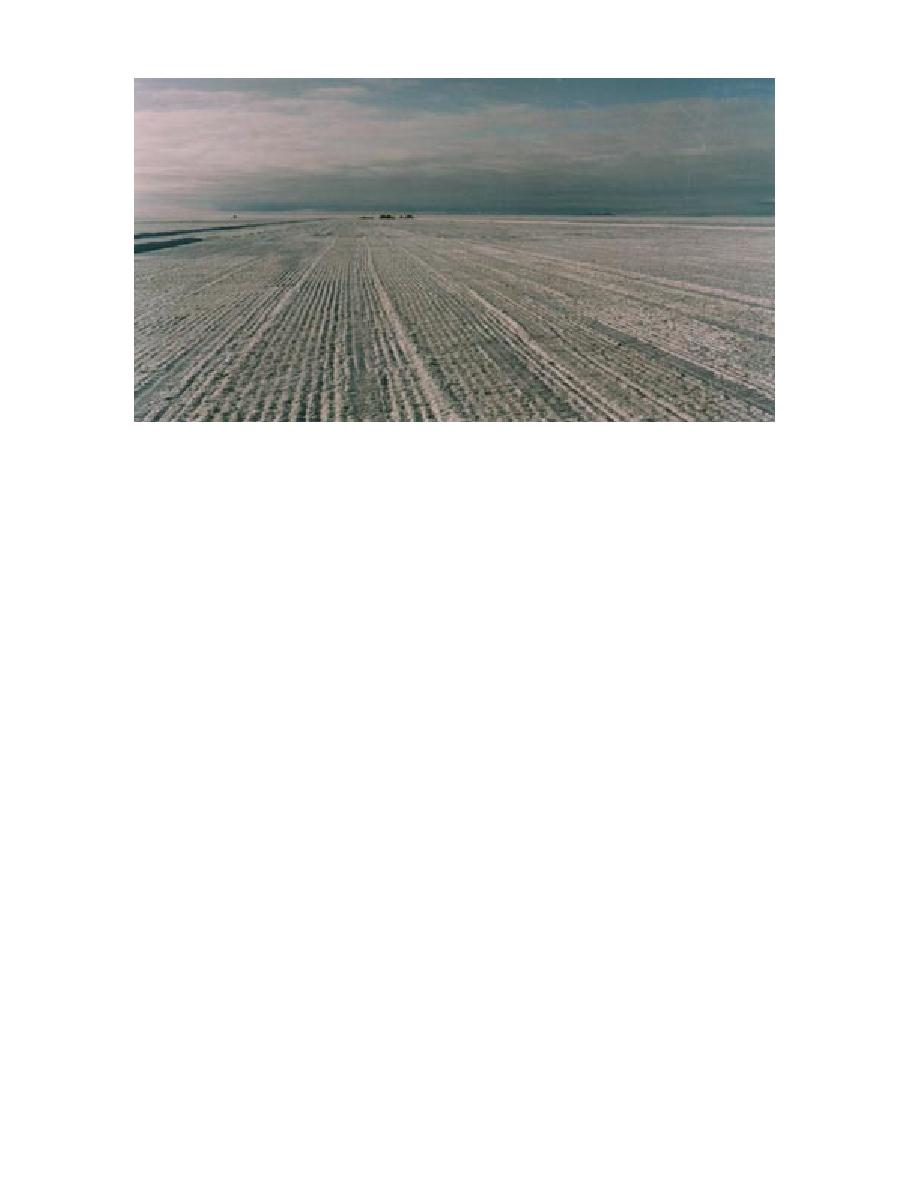
Figure 47. Finish-graded ice surface seen in foreground with rough graded segment of runway in
background.
sired final grade. The grader was removing less
ponding location, even if the runway is protected
than 4 cm of ice, and a speed of 34 km/hr (22.5
from melt during the hottest part of the season.
mph) could be maintained.
We graded "negative" slopes (2%) away from the
Each 1000-ft segment of the runway was finish
runway along all of its borders for a distance of 15
graded to yield either a level or sloped surface
m (50 ft). From their lowest point, we then graded
(Fig. 47). (All surfaces were level across the width
slopes extending back up to the natural ice sur-
of the runway.) Initially, we possessed only a
face (Fig. 43). Thus, we created protective "ditches"
simple planar laser transmitter. This required that
along the flanks of the runway. These flank areas
we "recalibrate" the transmitter to be deliberately
were covered with a of snow (about 15 cm, or 6
out of plane by the amount that we desired for
in.) following construction to protect them from
the segment being worked. Most planar transmit-
deterioration and to assist in impeding water flow
ters have a very limited range of slopes for which
toward the runway.
this will work, but in our case, it was easily ac-
complished. Later we obtained a dual-slope trans-
mitter, which is specifically designed for planar
SNOW MANAGEMENT
or sloped surfaces. Grading sloping surfaces is
DURING CONSTRUCTION
much easier and more accurate with this system.
We recommend a dual-slope transmitter for any
During the process of preparing the site, every
operation, since it is much more versatile and
effort should be made to leave a smooth surface,
easy to use (e.g., transitions between segments
at least at the end of every workday. We discov-
are much smoother). The runway was graded
ered that even a light wind can carry considerable
from the centerline outward, to facilitate leaving
amounts of snow just above the ground surface,
a clean surface (both the grader and the snow-
and small ruts or windrows will trap this snow
blower were casting material toward the edges of
(Fig. 48). The result is a net accumulation of snow
the runway).
when often the intent is to remove material. Our
The finish-graded runway surface will almost
practice was to follow the grader, V-plow, or rip-
always be somewhat depressed relative to the
per very closely with the snowblower so that
surrounding natural ice surface. If meltwater is
windrows and rough snow surfaces were not
flowing on the ice surface nearby (perhaps under
present for long periods of time. Likewise, the
the snow), it will seek the runway as a convenient
windrow size was based on what the snowblower
44



 Previous Page
Previous Page
